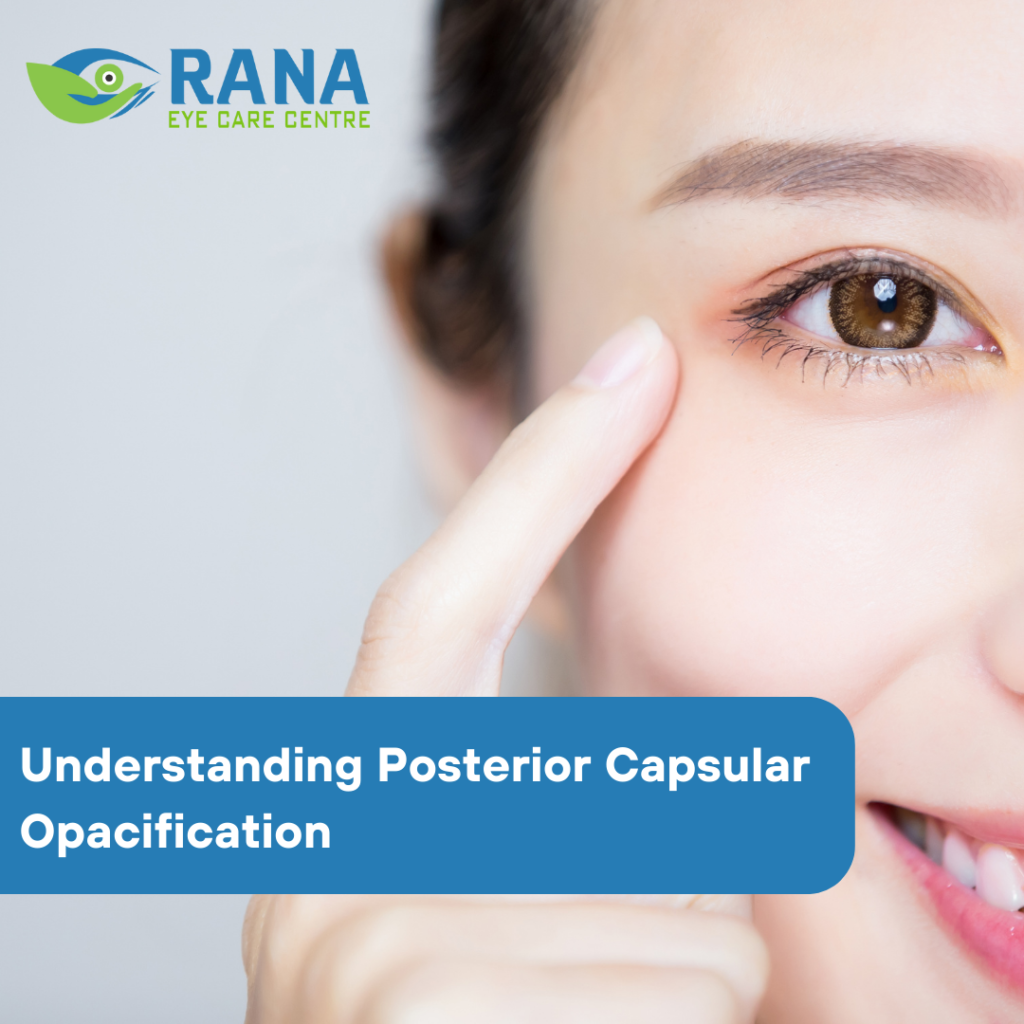Understanding Posterior Capsular Opacification
The eyes are the most important organ of our body. It provides a gateway to see the marvelous world. However, there are certain troubles that an individual faces, and Posterior Capsular Opacification (PCO) are one among them. Let’s dig deep into Posterior Capsular Opacification in this article for a clear understanding.
The eye’s lens is clear, and crisp allowing light to dance into your eyes. After cataract surgery, a thin film often develops on the back of this lens. This filmy intruder is what we call Posterior Capsular Opacification. It’s like a hazy curtain slowly dimming the once vivid view.
The Silent Culprit: PCO isn’t a swift troublemaker. It takes its time, often revealing itself months or years after cataract surgery. You might notice a gradual decline in your vision like someone dimming the lights on the world. The culprit behind this dimming is the leftover lens cells after cataract removal. These cells, resilient little fellas, can regroup and cloud your vision yet again.
Symptoms
Signs of Trouble: How do you know if PCO is playing hide-and-seek with your eyesight? Keep an eye out for signs like blurred or hazy vision, glare from lights, or a sense that colors are losing their vibrancy. It’s like looking through smudged glasses, but the smudges are inside your eyes.
Spotting the Intruder: Doctors have their superhero gadgets to identify PCO. They use a painless procedure called an eye exam, where they widen your pupils with special drops and shine a light to get a good look inside. If PCO is the villain, fear not! There’s a solution.
Treatment
The Laser Touch: Imagine a tiny laser, a superhero in the eye world, zapping away that filmy nuisance. Welcome to YAG laser capsulotomy, a straightforward procedure to bid farewell to PCO. It’s like sending a laser knight into battle against the cloudy invaders.
Swift and Painless: No need for armor or shields in this battle. The laser gently creates an opening in the cloudy capsule, restoring the clarity of your lens. The best part? It’s quick, painless, and often done right in your eye doctor’s office. Think of it as a superhero swooping in to save the day, leaving your vision clear and crisp.
Post-Treatment Brilliance: After the laser magic, your vision might instantly improve. The world gets its colors back, and the blurry haze is replaced with sharpness. It’s like upgrading from an old TV to a dazzling high-definition screen – a visual treat!
In conclusion, if you find your vision playing hide-and-seek post-cataract surgery, don’t fret. Posterior Capsular Opacification is a common foe, but it can be defeated with laser precision. Keep an eye on those symptoms, and if the cloudy curtain descends, let the laser superhero bring back the brilliance. Your eyes deserve nothing less!






No Comments